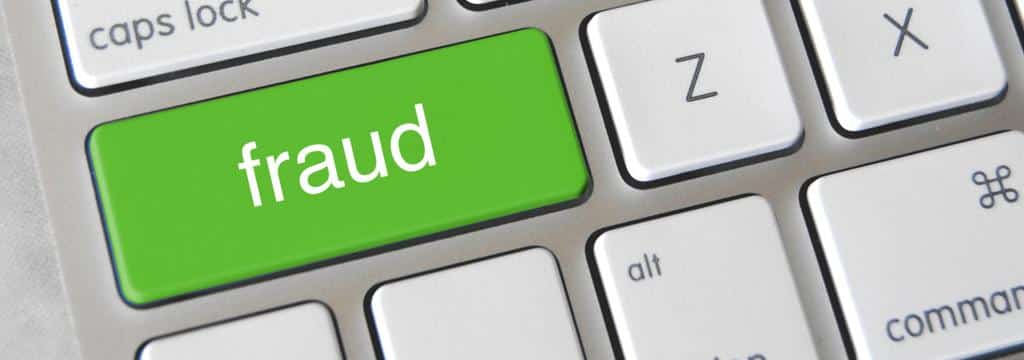We all know how dangerous phishing emails can be, but it’s not always easy to recognize one when you receive it. Phishing attacks are becoming increasingly sophisticated and more challenging to spot. This is why we all need to learn to detect a fraudulent email before clicking on any links or downloading any attachments within the message. To help protect yourself from these malicious scams, Ian Leaf has some tips you should remember when reading an email that looks suspicious.
Check The Sender’s Email Address
Regarding email security, one crucial factor to consider is the authenticity of the sender’s email address. To ensure that it is not a scam or phishing attempt, it is essential to check whether the email address matches the name of the company or organization they claim to represent. If the email address seems random or has no connection to anyone you know, it might be a red flag for a potential attack.
Look For Typos And Grammatical Errors
When identifying phishing emails, looking for certain red flags is essential. One common sign is the presence of typos, formatting errors, or grammatical mistakes in the body of the email. This is because scammers often use automated tools to generate large volumes of emails, and they don’t always take the time to proofread them thoroughly.
By carefully analyzing the language used in an email, it’s possible to identify subtle mistakes that suggest something isn’t right. By arming yourself with this knowledge, you’ll be better equipped to protect your personal information and prevent cyber criminals from stealing your identity.
Watch For Suspicious Links And Attachments
As technology advances, so does the threat of cyberattacks. One of the most common methods hackers use to access people’s devices is through suspicious links and attachments. These links and attachments often contain malicious software that can compromise personal information or render the device inoperable.
It’s crucial to stay vigilant and watch for any suspicious links or attachments to prevent falling victim to these attacks. This includes emails and text messages that may appear legitimate but contain a hidden danger. By taking the time to carefully scrutinize any links or attachments before clicking on them, individuals can take an active role in protecting their devices and personal information from harm.
Be Leery Of Financial Requests
As technology advances, protecting oneself from online scams has become increasingly important. One scam that has become more prevalent is the request for financial information from seemingly legitimate companies. However, it is essential to remember that legitimate companies never ask for this information online. If you receive a request for financial information, it is best to investigate thoroughly and contact the company to verify the request. By taking these precautions, individuals can safeguard themselves against potential financial fraud.
What To Do When You Receive A Phishing Email
If you ever receive an email that looks suspicious, it is vital to take action immediately. The first step is to delete the email without clicking links or downloading any attachments. Then, report the email to your company’s IT department or security team so they can investigate further and protect other employees from similar attacks. Additionally, you should use anti-virus software on your device to ensure that malicious software and viruses cannot be installed through a phishing attack. Finally, ensure you know the latest security protocols and best practices for staying safe online. By following these tips, you can better protect yourself from online scams and secure your personal information.
Final Thoughts
Although it can be difficult to recognize phishing emails, there are several tell-tale signs that you should look out for. By familiarizing yourself with these warning signs and taking the necessary precautions, you can protect your personal information from falling into the wrong hands. Always be vigilant regarding email security and contact any organizations before providing them with sensitive data. With some preparation and understanding, you can enjoy peace of mind knowing that you are taking the necessary steps to protect yourself from potential cyberattacks.

Leave a Reply